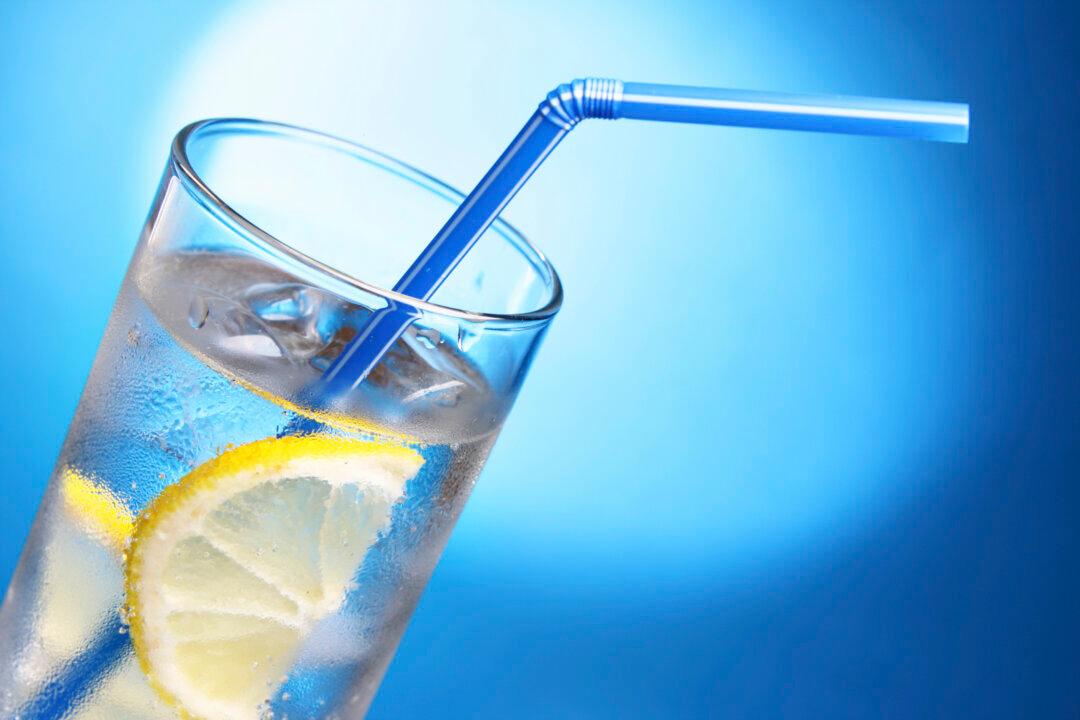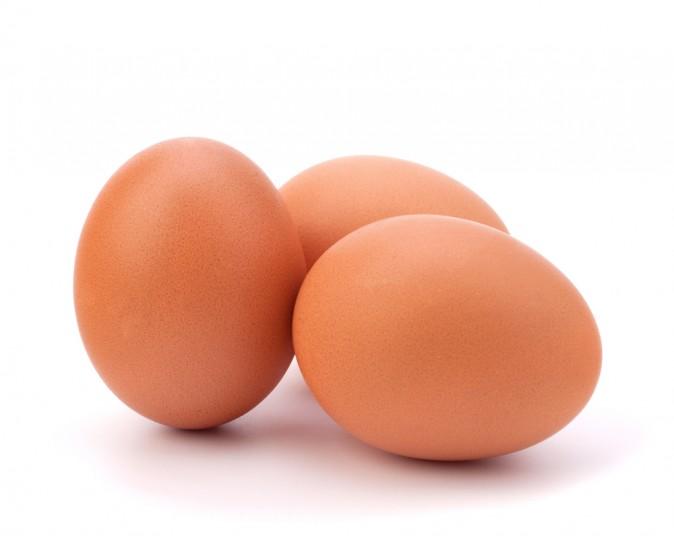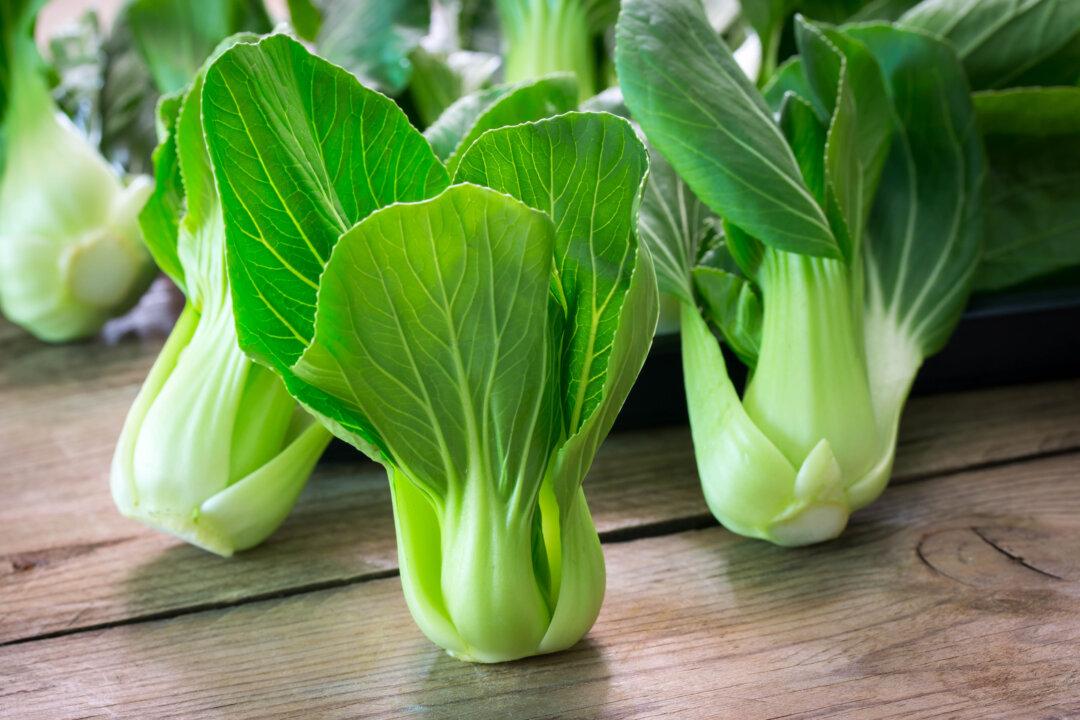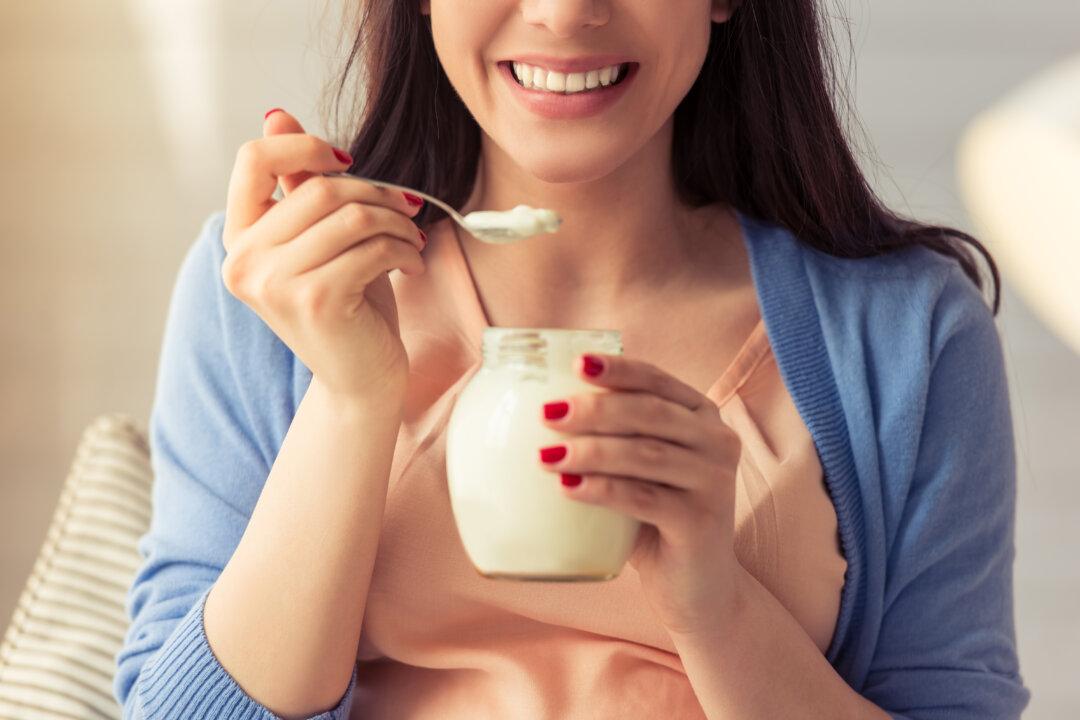Will drinking lemon water alone damage the tooth’s enamel? The answer is yes and no.
Basically, all colored foods and beverages and all acidic foods and beverages are absorbed by your teeth. The former cause stains because of their color. The latter cause stains because of their potential to wear at the enamel.
When it comes to wear and tear on your tooth enamel, lemon juice has company in the realm of the good, the bad, and the ugly.





